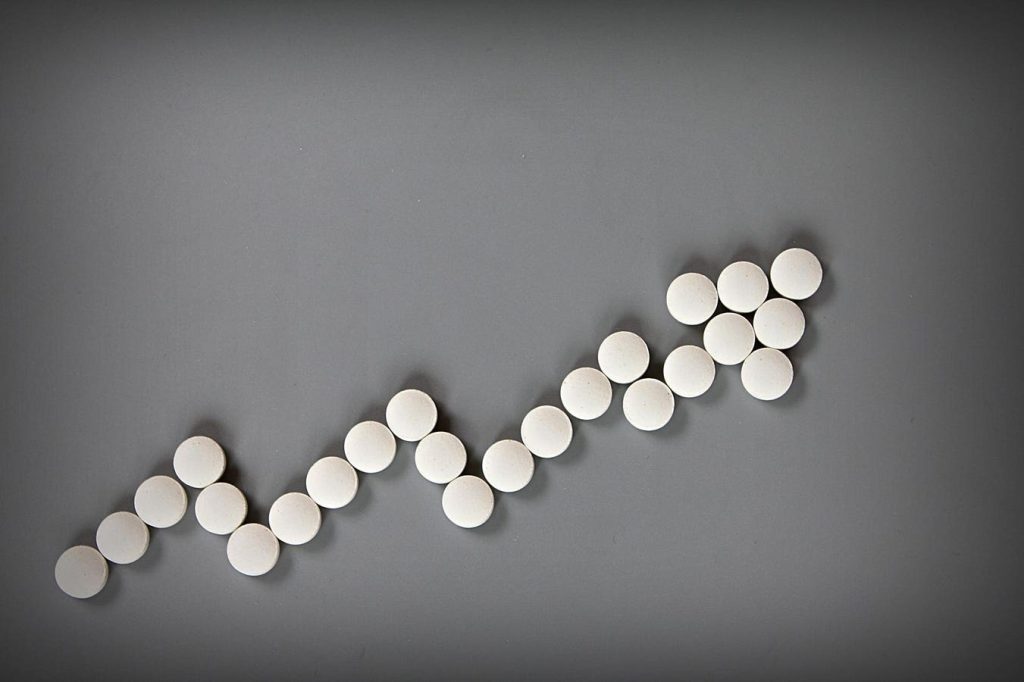The Centers for Medicare and Medicaid Services has started releasing information about the 2026 costs and changes to Medicare. One of the first notices addresses Part D prescription drug plans. Five facts apply to most Medicare beneficiaries who have this coverage.
The base premium will be $38.99, up from $36.78 this year.
The Inflation Reduction Act limits the increase in the base premium to 6% and that is exactly how much it will increase next year. This premium factors into what enrollees pay but plans determine their specific premiums. It’s unlikely anyone will be paying $38.99.
The base premium establishes the Part D late enrollment penalty.
Those who go more than 63 days without creditable prescription drug coverage pay a penalty for the life of Part D coverage. It is 1% of the base premium, $0.3899 in 2026, for every month Part D enrollment was delayed. An example: A person who did not enroll for three years will pay an additional $14.00 (rounded to the nearest dime) every month. That’s $.80 more per month than in 2025.
The standard 2026 Part D deductible will increase from $590 to $615.
This $25 increase is less than the $45 that happened this year. Plans can charge any amount up to the standard deductible.
The monthly premium subsidy for participating stand-alone Part D drug plans will be $10 and the monthly premium increase will be limited to $50.
A quick review will help explain this change.
With the introduction of the $2,000 cap on Part D drug costs in 2025, CMS feared there would be significant increases in Part D premiums. In response, CMS conducted a voluntary premium stabilization demonstration. This demonstration applied a $15 reduction to the base beneficiary premium and limited premium increases to $35.
In 2026, the subsidy will continue; however, it will be $5 less than this year. Premium increases will be limited to $50, up from $35 in 2025. Those with Part D plans will likely face some degree of sticker shock.
This likely won’t happen to those with Medicare Advantage plans. The government provides subsidies in the form of rebates. In 2025, plans received more than $500 per enrollee to lower or reduce Part D premiums and offer supplemental Part D benefits. Over 75% of enrollees pay no monthly premium for their Medicare Advantage plans with no or lower drug plan deductibles.
The Part D out-of-pocket threshold will be $2,100.
There is a bit of good news amidst all the cost increases. The most anyone will pay for covered Part D drugs from an in-network pharmacy will increase $100 from 2025.
Pay Attention
Last year, I repeatedly said the Open Enrollment Period would be the most important ever. And once again, in January, I heard from those who did not pay attention. They were stuck with higher costs that could have been avoided had they followed my advice.
In about seven weeks, plans will send out the Annual Notice of Changes. Please open and review that closely. Then, take the time to check out what other plans have to offer. And, if Medicare Advantage looks attractive, go beyond the drug plan premium to determine how that coverage will work for you.
Read the full article here













